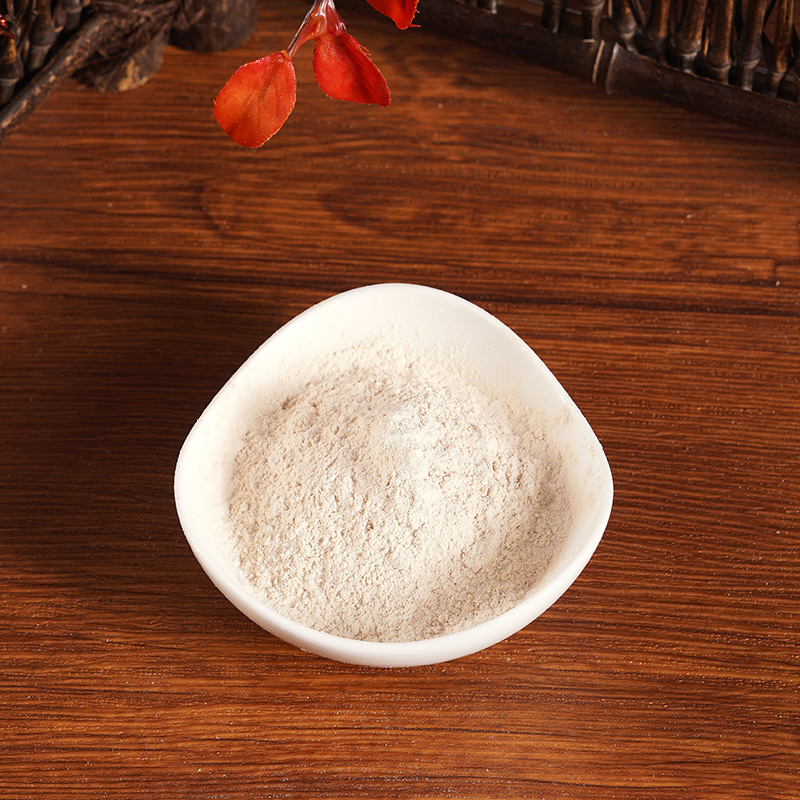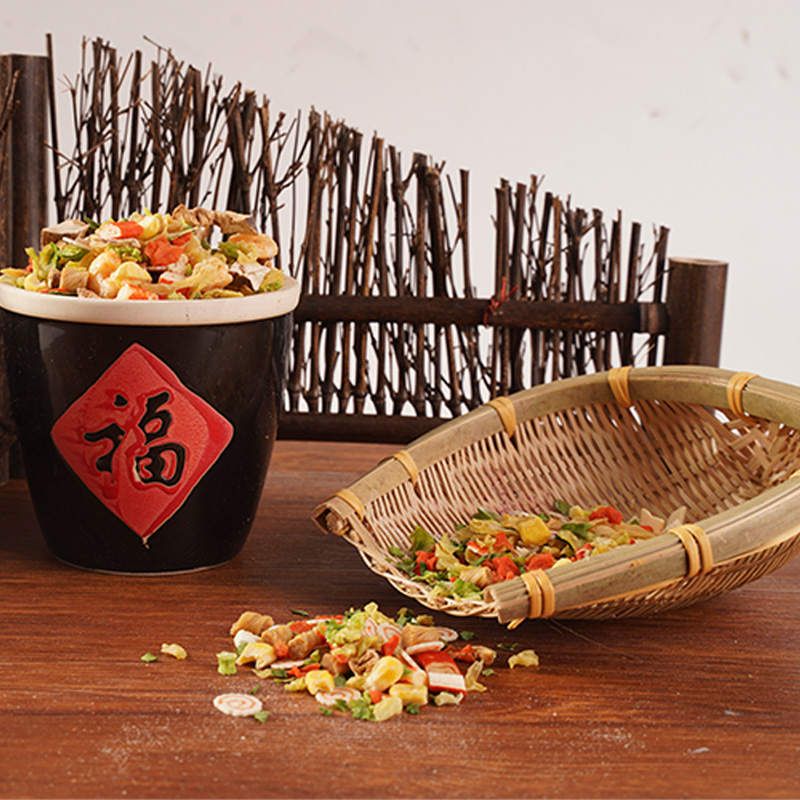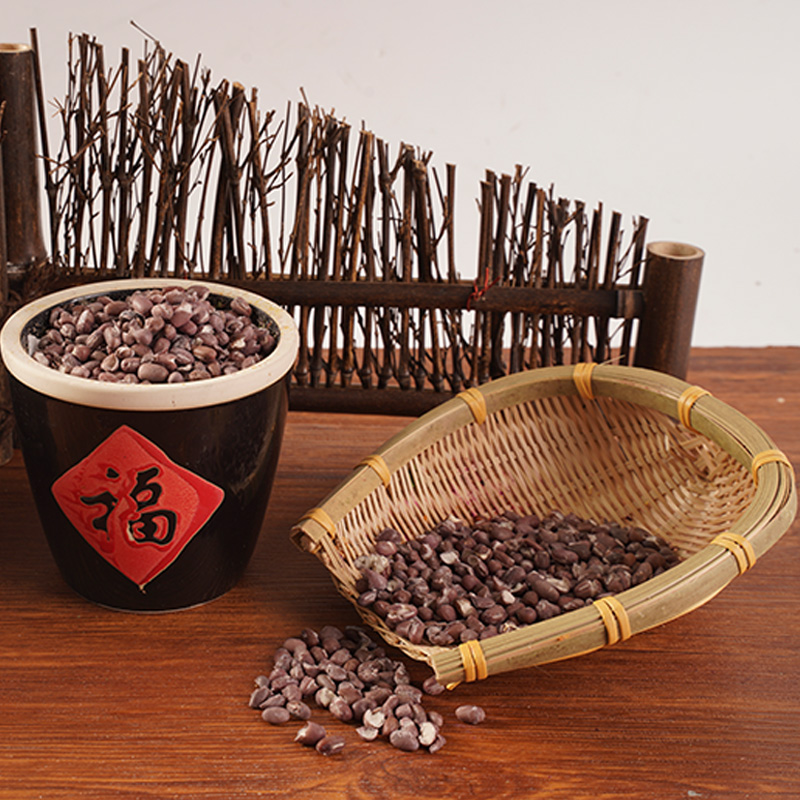Are Dehydrated Vegetables Suitable for Kids' Meals?
Dehydrated vegetables have gained attention as a convenient option for modern meal preparation, particularly in family settings.
Types of Dehydrated Vegetables
Dehydrated vegetables are produced through processes that remove moisture to extend shelf life. Common types include air-dried and freeze-dried varieties. Air-dried vegetables typically involve warm air circulation, resulting in a chewy texture, while freeze-dried vegetables use sublimation to preserve structure and nutrients more effectively. Examples include dehydrated carrots, peas, and spinach, which are often available in diced, powdered, or flake forms. These products are stored in airtight packaging to maintain quality.
Applications in Kids' Meals
Dehydrated vegetables can be incorporated into children's diets in various ways. They are commonly rehydrated by soaking in water or added directly to cooked dishes like soups, stews, and casseroles. Powdered forms can be mixed into sauces, batters, or smoothies to increase vegetable intake without altering texture significantly. For instance, dehydrated vegetable powders can be blended into pasta sauces or baked goods. It is important to follow preparation instructions to ensure proper texture and safety, such as avoiding choking hazards by ensuring adequate rehydration for young children.
Comparison with Other Vegetable Forms
When evaluating dehydrated vegetables for kids, comparisons with fresh and frozen options are relevant. Nutritionally, dehydration can lead to reductions in heat-sensitive vitamins like vitamin C, but minerals, fiber, and some antioxidants are generally retained. Freeze-dried varieties often preserve more nutrients compared to air-dried ones. In terms of convenience, dehydrated vegetables have a longer shelf life and require less storage space, making them practical for busy households. However, fresh vegetables may offer higher levels of certain vitamins and a more appealing texture for some children. Cost-wise, dehydrated vegetables can be economical due to reduced waste, but initial prices may vary based on processing methods.
Frequently Asked Questions (FAQ)
-
Are dehydrated vegetables nutritious for children?
Dehydrated vegetables retain essential nutrients like fiber and minerals, but some vitamin loss occurs during processing. Incorporating them as part of a balanced diet can contribute to vegetable intake. -
How do dehydrated vegetables compare to fresh in terms of safety?
When stored properly in dry conditions, dehydrated vegetables are safe from microbial growth. Care should be taken to avoid added salts or preservatives, which may not be suitable for young children. -
Can dehydrated vegetables be used in baby food?
Yes, but they must be fully rehydrated and pureed to appropriate consistency to prevent choking. Consultation with a pediatrician is recommended for infants. -
Do dehydrated vegetables affect picky eating habits?
Their mild flavor and discreet use in dishes may help introduce vegetables to selective eaters, though individual preferences vary. -
What is the environmental impact of using dehydrated vegetables?
Dehydration reduces food waste and transportation weight, but energy use in processing should be considered alongside other factors.
Dehydrated vegetables offer a viable option for children's meals when used appropriately. They provide convenience and nutrient retention, though variations in processing methods affect their nutritional profile. By understanding types, applications, and comparisons, caregivers can effectively integrate dehydrated vegetables into diverse meal plans. Always prioritize a balanced diet and consult reliable sources for specific dietary needs.
News Category
- Company News(1)
- Industry News(68)



 English
English русский
русский 日本語
日本語 한국어
한국어 中文简体
中文简体












